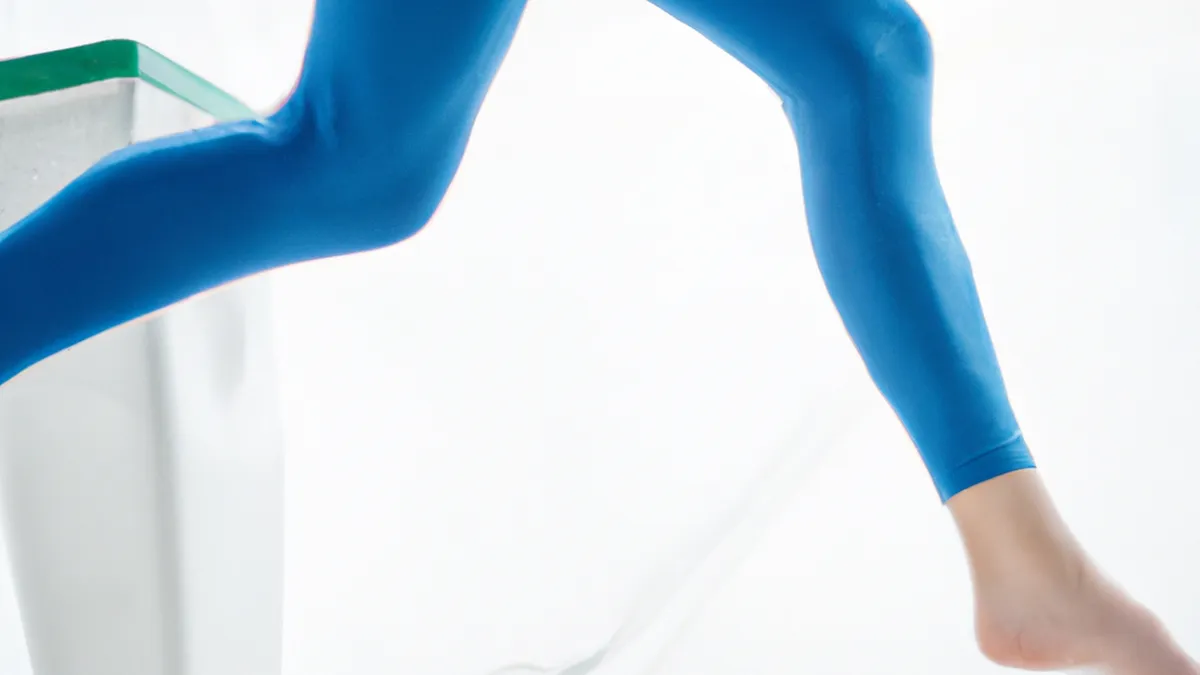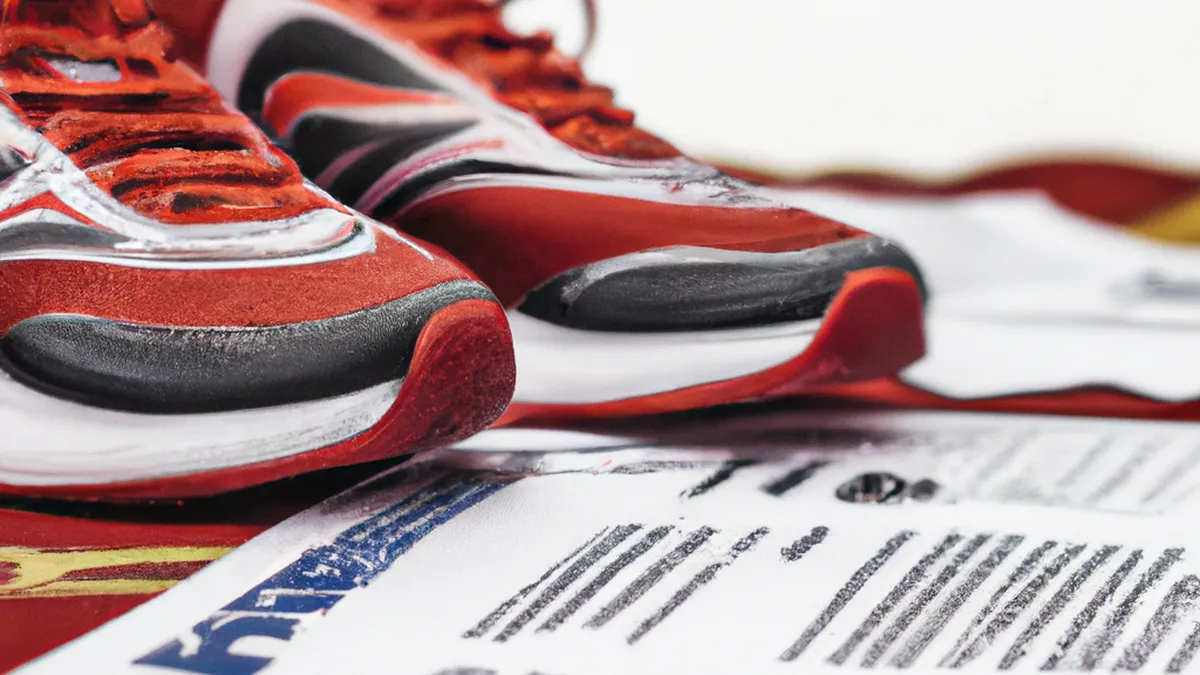Fuel Your Workout: Essential Electrolyte Guide
Importance of Electrolytes in TrainingElectrolytes are essential minerals that carry electrical charges. They play a critical role in bodily functions and athletic performance. Electrolytes help maintain fluid balance, nerve function, and muscle contractions, which are crucial during physical activities. When you train, you lose electrolytes through sweat. This loss can lead to imbalances that affect your performance and recovery. This blog post explores electrolytes’ importance, tips for maintaining balance, sources, benefits, and key takeaways for enhancing training and recovery.
Understanding Electrolytes
Electrolytes include sodium, potassium, calcium, magnesium, chloride, bicarbonate, and phosphate. Each mineral plays a unique role in the body. Sodium maintains fluid balance and supports nerve signaling. Potassium aids muscle contractions and nerve function. Calcium is essential for muscle contractions and bone health. Magnesium supports muscle, nerve function, and energy production. Chloride maintains fluid balance and aids digestion.When you sweat, you lose these vital minerals, leading to imbalances. Understanding each electrolyte’s role helps you appreciate the need to replenish them during and after exercise.
Why You Lose Electrolytes
During intense training, your body heats up and activates sweat glands. Sweat contains water and electrolytes. The more you sweat, the more electrolytes you lose. This loss becomes noticeable during prolonged workouts or high-intensity training, especially in hot conditions. If you don’t replace lost electrolytes, you may experience fatigue, muscle cramps, dizziness, and decreased performance.
Signs of Electrolyte Imbalance
Recognizing signs of electrolyte imbalance is crucial. Common symptoms include:- **Muscle Cramps:** Often indicates low potassium or calcium levels.- **Dizziness or Lightheadedness:** Linked to low sodium levels.- **Fatigue:** Signals that your body struggles to maintain energy levels.- **Nausea:** Can occur with low or high electrolyte levels.- **Unusual Thirst:** Signals a need for hydration and electrolyte replenishment.If you notice these signs, take action to restore your electrolyte balance.
Tips for Maintaining Electrolyte Balance
As an Amazon Associate I earn from qualifying purchases.
Gear tip: consider electrolyte mix, lacrosse ball, and peanut mobility ball to support this topic.
To maintain optimal electrolyte levels during training, follow these tips:
Stay Hydrated
Hydration is vital for electrolyte balance. Drink plenty of water before, during, and after workouts. Aim for at least 8-10 glasses of water daily, but adjust based on your needs and activity levels. During long or intense workouts, consider drinking water with electrolytes.
Conclusion
Electrolytes are essential for athletic performance and recovery. Stay hydrated and replenish electrolytes to maintain optimal balance during training.
Below are related products based on this post:
FAQ
What are electrolytes?
Electrolytes are essential minerals that carry electrical charges and play a critical role in bodily functions and athletic performance. They include sodium, potassium, calcium, magnesium, chloride, bicarbonate, and phosphate, each serving unique functions in the body.
Why do we lose electrolytes during training?
During intense training, the body activates sweat glands, leading to the loss of water and electrolytes through sweat. This loss becomes significant during prolonged workouts or high-intensity training, especially in hot conditions, and can negatively impact performance if not replenished.
What are the signs of electrolyte imbalance?
Common signs of electrolyte imbalance include muscle cramps, dizziness or lightheadedness, fatigue, nausea, and unusual thirst. Recognizing these symptoms is crucial for taking action to restore electrolyte balance and maintain optimal performance.















Post Comment